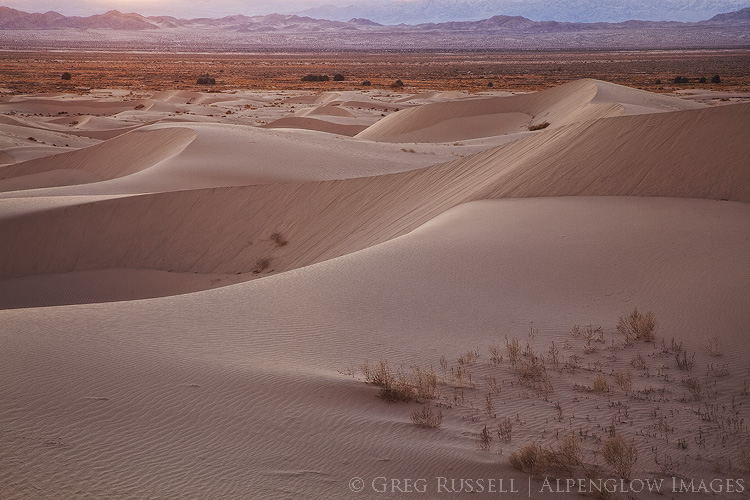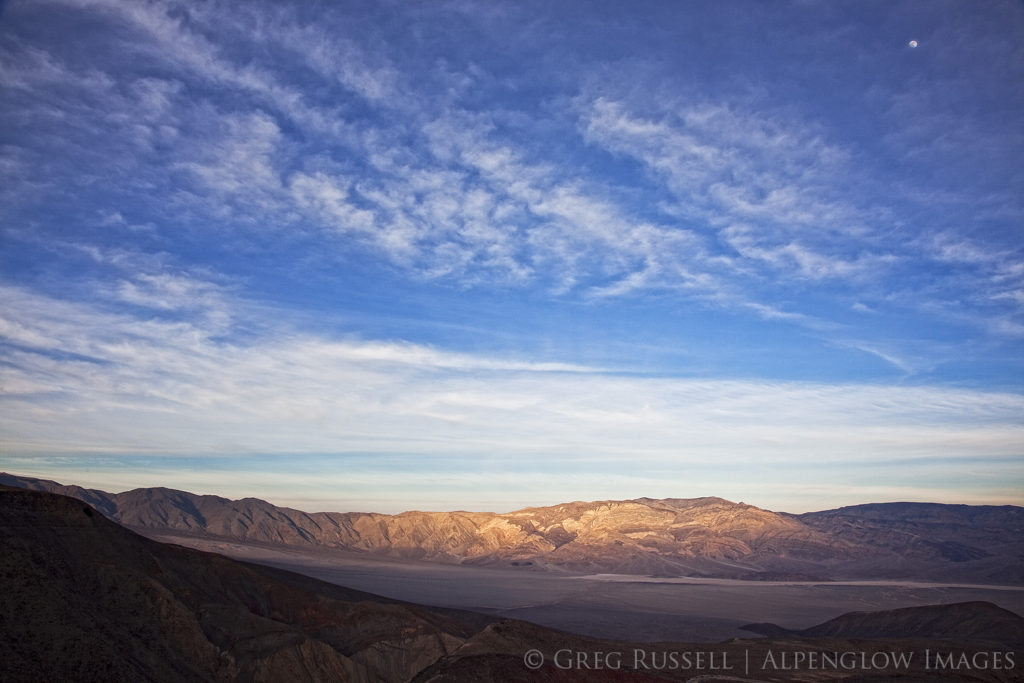“Now, here, you see, it takes all the running you can do, to keep in the same place.” – Lewis Carroll, Alice in Wonderland
**UPDATE: This plan has officially been scrapped by the Biden administration. Read more here. THANK YOU for all you do to protect our wild places!!**
California’s deserts in the Pleistocene were much different than they are today. Sabertooth cats, camels, bears, and sloths once roamed the Elysian plains between ancient lakes, like Owens, Manly, and Manix. Today it is not green or wet and the notion of an ecologically rich Mojave Desert hardly registers with most travelers intent on arriving at their Las Vegas hotel in time for check-in.
California’s deserts have been leveraged to the point of breaking
This lack of connection to place makes it especially difficult to lobby for protection of a place like California’s desert region, which includes not only the Mojave but also the Colorado. Indeed, conservationists must surely feel like the Red Queen. An old adage in conservation is that only the losses are permanent, meaning that any “wins” will immediately be challenged. Those fighting to protect our wild places are constantly running; forward progress is measured in inches.
Almost exactly three years ago, I wrote a blog post about plans to revise the then newly-minted Desert Renewable Energy Conservation Plan (DRECP). This legislation clearly delineated what parts of California’s desert would be used for energy development and what would be conserved. Today, those plans have come to fruition. The DRECP–as it was adopted in 2016–is on the chopping block.
In mid-January, the Bureau of Land Management (BLM) released a draft plan to roll back part of the original DRECP. This opens more land for renewable energy development. Specifically, the plan proposes to reduce or eliminate areas within Areas of Critical Environmental Concern, or ACECs. For instance, the Cadiz Valley ACEC would be reduced from 191,200 to 67,600 acres under the proposed changes. The Cadiz Valley is critically important habitat for its aquifer and springs. It is one of the last pristine desert watersheds in California.

The California Energy Commission has said that they have more than enough land set aside through the original DRECP to meet current energy demands. The proposed rollbacks would remove an additional ~2 million acres from federal protection.
Proactive conservation requires connected ecosystems
Moving forward, the notion of conservation requires a significant paradigm shift. The DRECP was created with bipartisan support and with the long view in mind. It was a proactive response to decades of reactive environmental legislation.
As we shift from fossil fuels, renewable energy development is an unavoidable compromise. The DRECP allows us to plan for the future instead of trying to slow a runaway train. It takes into account the need for mandatory rooftop solar and the refurbishment of unused urban spaces for solar and wind energy.
Deserts are bellwethers of a changing climate. The DRECP was a first step towards the long-term preservation of several interconnected ecosystems. Connectivity is critical to allow wildlife the ability migrate, to search for mates, and to expand home ranges. Wildlife would once again be able to travel their ancestors’ paths. Desert tortoises, burro deer, and coyotes deserve freedom to roam. Bird populations are already collapsing in the Mojave, a sign of what’s yet to come.


I look forward to someday living in a post-environmentalist world. Until then, protection of California’s deserts requires our stewardship and advocacy. There is no acceptable alternative to the DRECP as it is currently written. The Mojave Desert has been leveraged enough. I encourage you to join me in saying “no” to any changes to this landmark legislation.
Click this link and submit your comments before April 15, 2021.

